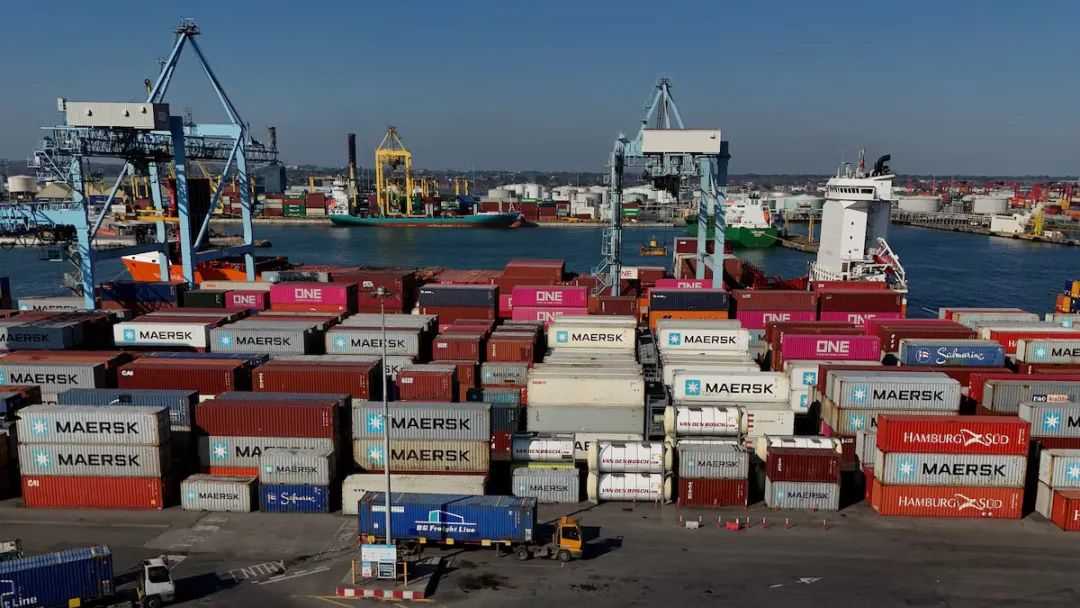
The Defense Counterintelligence and Security Agency (DCSA) on July 9 released its 2025-2030 IT Strategic Plan, outlining six core objectives to modernize defense cybersecurity, enhance data-driven decision-making, and foster collaboration with industry and academia. The initiative aims to create a secure digital ecosystem aligned with the Pentagon’s broader digital transformation goals, particularly supporting the Department of Defense’s (DoD) Chief Digital and AI Office (CDAO) in advancing AI integration and governance .
The plan focuses on six pillars: advancing secure and scalable IT infrastructure; driving innovation through technological modernization; cultivating a skilled digital workforce; strengthening partnerships and governance; optimizing cloud capabilities; and improving data management for actionable insights. By adopting a commercial enterprise approach, DCSA seeks to unify fragmented IT systems across defense and intelligence agencies, leveraging private-sector expertise to streamline operations and reduce redundancy . For instance, the strategy emphasizes cloud optimization to ensure classified data remains protected while enabling rapid deployment of AI-driven solutions.
A key priority is enhancing collaboration with academia and industry to bridge technological gaps. DCSA will partner with research institutions and tech firms to develop cutting-edge cybersecurity tools and accelerate the adoption of emerging technologies like quantum-resistant encryption. This ecosystem-driven model aims to align defense IT standards with global best practices, fostering transparency and interoperability across the DoD and allied networks .
The strategy plays a critical role in supporting CDAO’s mission to integrate AI into defense operations. By providing standardized tools and governance frameworks, DCSA aims to empower military leaders with real-time data analytics for mission-critical decisions. This includes developing a centralized data management platform to consolidate intelligence from diverse sources, ensuring seamless information sharing across combatant commands and intelligence agencies .
Notably, the plan prioritizes workforce development, aiming to train personnel in AI ethics, cybersecurity, and cloud architecture. DCSA will implement reskilling programs to address talent shortages, ensuring the defense sector retains expertise in emerging technologies. This aligns with broader DoD efforts to cultivate a "digitally literate" workforce capable of navigating evolving threats in a hyper-connected battlefield .
With a focus on cloud optimization and data governance, the strategy positions DCSA to address emerging threats in an increasingly digitized landscape. By fostering public-private partnerships and aligning with CDAO’s initiatives, the plan seeks to ensure the U.S. defense sector remains at the forefront of global cybersecurity and digital transformation. As AI and data-driven technologies reshape modern warfare, DCSA’s framework provides a roadmap for integrating innovation while safeguarding national security .





